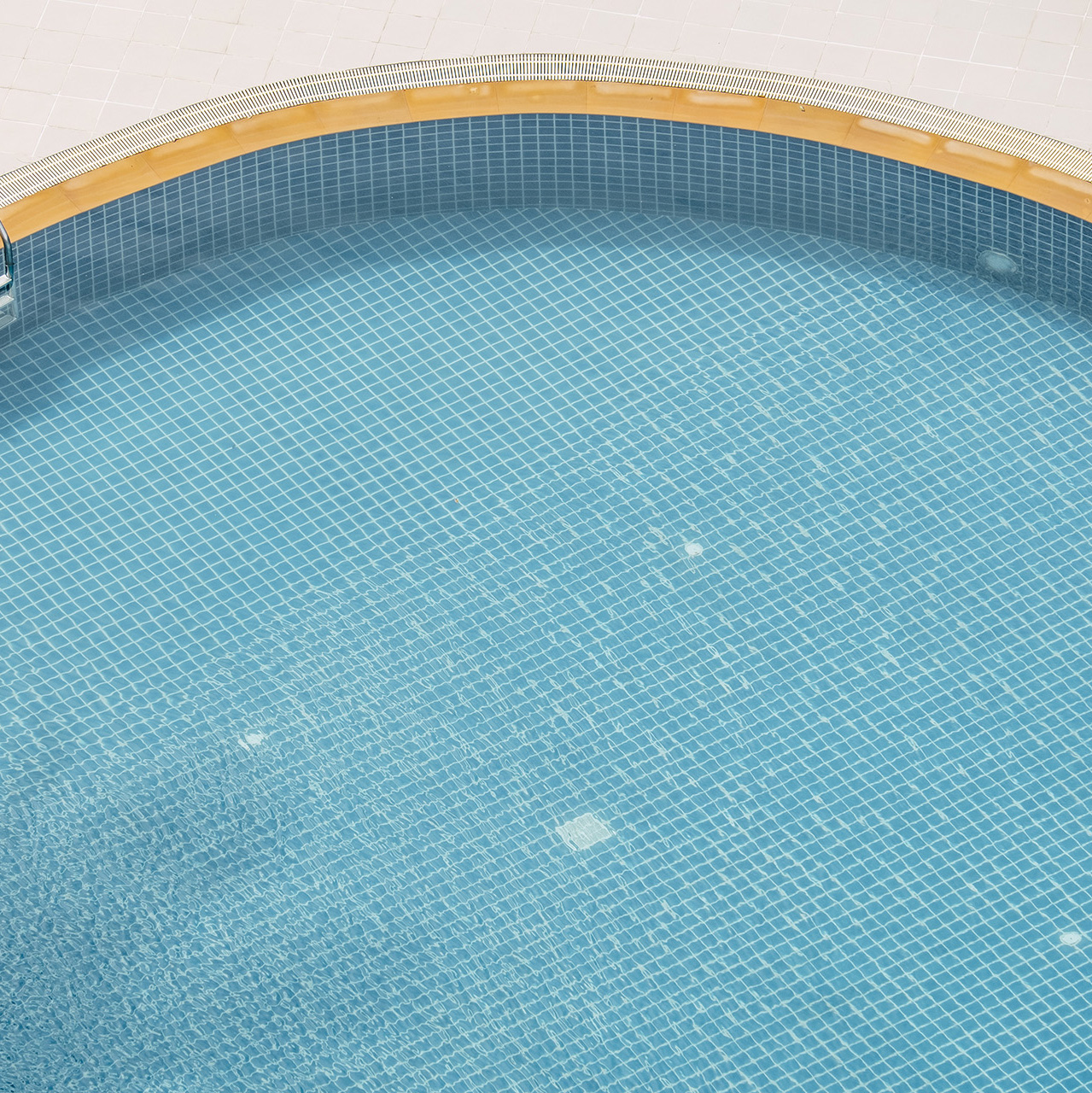HLM Water Trucking is proud to provide bulk water delivery for your storage tanks or pool. To estimate how much water you will need based on your tank’s volume, we have provided a water calculator for your convenience.
While measuring a pool’s depth may not seem complicated, the different sizes of pools require many calculations and adding them together. To learn how to achieve these calculations, look below at the detailed information provided.
To calculate the capacity, it will involve the volume and the surface area of the pool or spa. The information on this page will help you calculate the size and capacity of the pool you are looking to fill. The first step you will want to take is to calculate the pool’s area in square feet. This will help you determine the gallons, maximum capacity of people and other information about the pool.


